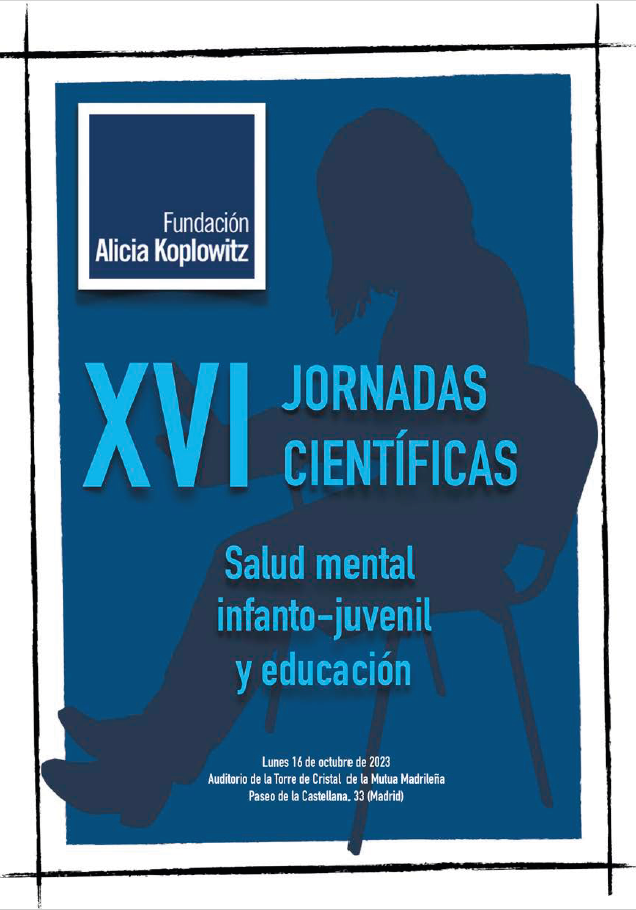Impact of social networks and communication technologies (ICT) on child and adolescent mental health


Impact of social networks and communication technologies (ICT) on child and adolescent mental health
The worldwide expansion of the use of New Information and Communication Technologies (ICT) is an objective fact. In 2017, the International Telecommunication Union published its Information Technology Report, according to which 3,578 million people were using the Internet (compared to 495 million in 2001), 830 million of this figure were young people (i.e. aged 15 to 24), representing 80% of the population analyzed. At the same time, scientists have warned that excessive use of social networks or networking can lead to symptoms traditionally associated with substance addictions, and have termed it Internet addiction.
Cyber-bullying, or cyber-bullying, a new form of systematic violence, is a “social problem” as well as a public health problem. For experts, the essential difference with “common bullying” is anonymity. However, the use of new information technologies has brought very positive contributions, both in prevention and in the diagnosis and treatment of mental health disorders in children and adolescents.
Projects such as Detecta Web, the Life Platform of the University of Alicante, the Ecological Momentary Assessment (EMA), the use of DAWDA in the diagnostic screening of mental health disorders in children aged 2 to 17 years, or the use of ICT in emotional disorders, Eating Disorders or Autism Spectrum Disorders, are some examples of the positive role of ICT and Virtual Reality in improving the Mental Health of our children and adolescents. These topics will be presented during these Scientific Conferences. I hope that all the presentations will be of use to you, both in your training and in your daily clinical practice with our Children and Adolescents.
Alicia Koplowitz,
President.